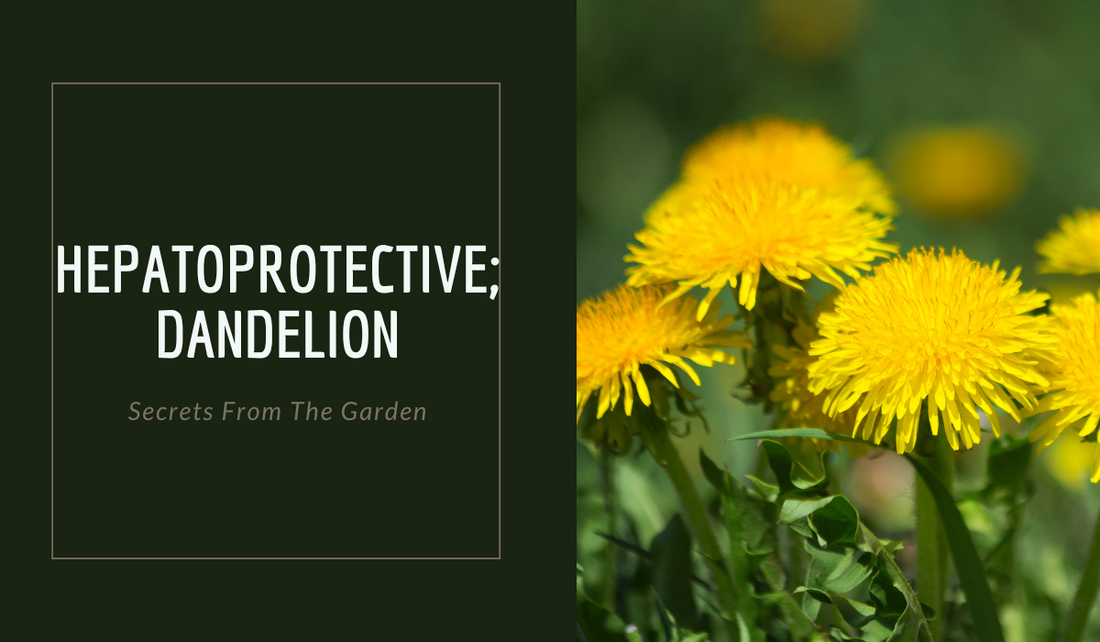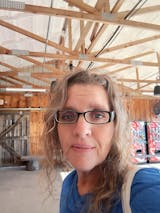
HEPATOPROTECTIVE; DANDELION ROOT

Family: Asteraceae
Parts used: Root, young leaves, (flowers)
Constituents: Sesquiterpene lactones, triterpene steroids (sitosterin, stigmasterin, phytosterin), phenolic acids, polysaccharides (inc. inulin), carotenoids, protein, sugars, pectin, choline, vitamins [the vitamin A content is higher than in carrots; 14,000 iu/ 100 g raw leaves], minerals, bitter principle (taraxacin, taraxacerin), inulin.
Actions: Leaf: diuretic, choleretic, anti-inflammatory. Root: choleretic, cholagogue, tonic, antirheumatic, bitter, alterative, depurative.
Use: Dandelion root is a useful diuretic because it allows for the production and flow of urine without potassium loss. The leaves are a potasium sparing diuretic, yet are not overstimulating to the kidneys, making this a useful diuretic for persons with sensitive kidneys. The root is stimulating to the digestive system, enhancing prodution of digestive bile. It is indicated in any condition of liver and/or gall-bladder inflammation and stasis including cholelithiasis, metabolic toxicity, and jaundice. Dandelion (Taraxacum root) is alterative for chronic topical conditions manifesting as eczema, acne, arthritis, chronic gastritis and enteritis. According to Traditional Chiense Medicine and Auyrvedic Medicine; skin disorders may be a sign of a low functioning liver, as skin disorders manifest when the liver is overworked.
Dandelion root benefits your liver, helping protect it from oxidative stress and keeping it working effectively. Used for centuries in China, India and Russia as an effective liver tonic, mostly due to its anti-inflammatory effects and ability to fight oxidative stress.

Phytotherapy: Adult dose ranges.
Root decoction: 2-8 g/day. Leaf decoction: 4-10 g/day.
Tincture: (1:2) of root and/or leaf, 1.5-3 mL divided into 3-4 doses a day
Toxicity: Generally safe herb. Dandelion is very high in vitamin K, which may impact blood clotting. If you take warfarin or another blood thinner, you need to maintain consistent vitamin K intake to prevent interfering with your medication.
Because it acts as a diuretic, this plant can have an impact on kidney function. It may also interact with medications that are broken down by the liver.
To avoid interactions, try taking dandelion extract or drinking dandelion tea two or more hours after/before taking any pharmaceuticals.
Blood-thinning medications
Diuretics
Lithium
Ciprofloxacin
Medications to treat diabetes

REFRENCES
Medical Herbalism (David Hoffman)
The Essential Guide to Herbal Safey (Mills and Bone)
The Home Physician Dr. Christian Fanger (1918 edition)
Clinical Herbalist Training (Herbal Academy)
Science and Art of Herbalism (Rosemary Gladstar)

